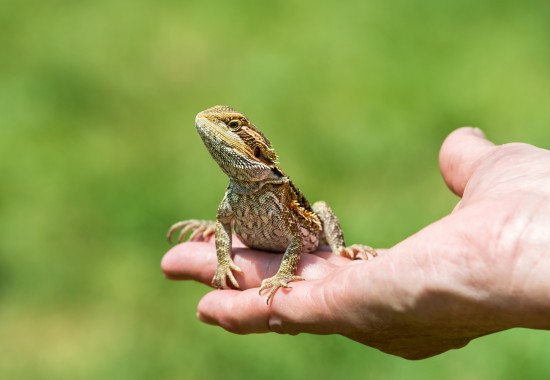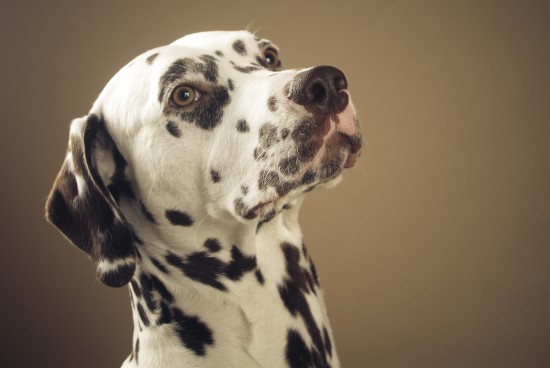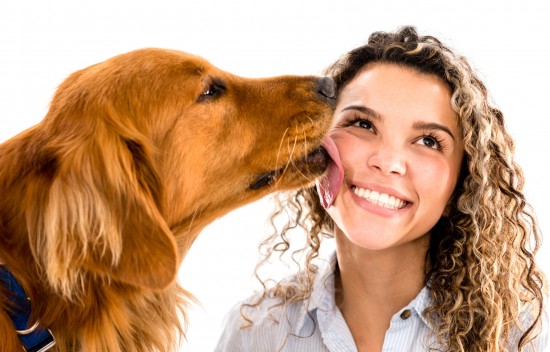
When was the last time your loveable canine gave you a big wet kiss? If your dog has doggie breath, you may not be the only one who is suffering. But your dog’s problem extends beyond the odor. Canine halitosis (dog breath) can be a sign of periodontal disease or a mouth infection. The symptoms of periodontal disease are not limited to foul breath but also include excessive tartar build up, tooth discoloration and gum disease. Most dogs will suffer from some degree of periodontal disease but with proper dental care and food, the degree of the affliction can be limited.
Mouth infections are a more serious issue that will require a visit to your veterinarian. If the gums and soft tissue supporting the teeth are severely inflamed, it could be stomatitis. Another cause of bad breath could be a severe cavity, abscess, tooth fracture or something caught in the gum line. If you suspect any of these afflictions, bring your dog to the veterinarian for evaluation and treatment for pain with antibiotics.
If you have ruled out infection and are faced with periodontal disease, there are some treatments to help your dog’s breath.
Proper Diet—Dry food is a good choice to provide chewing and gum stimulation. Moist food does not have to be chewed as thoroughly and can stick to the teeth. Rawhide and other dry chewing treats will also provide a chewing exercise. Consider food and treats with tartar control. Avoid giving your pet real animal bones as they can splinter and bits of bone can lodge under the gum line and cause injury.
Brush Teeth—Ideally your dog’s teeth should be brushed once a day but realistically a minimum of twice a week is acceptable. There are special brushes, pastes and rinses to make this job more enjoyable for your dog. Don’t use mint-flavored human toothpaste. It’s foaming action and ingredients are hard on your dog’s stomach. Opt for special dog friendly pastes like tuna or meat flavored instead. Start with one or two teeth and work up to a whole mouth routine. If your dog won’t accept the brush, try a pediatric finger brush. It is a rubber, thimble-like devise that fits over your finger. The rubber bristles are soft and might be more comfortable to your dog.
Copyright 2006 Dave Eckholm/Old Dog Paws
Dave Eckholm is the owner and creator of http://www.olddogpaws.com, a site dedicated to the care and comfort of our old friends. As our dog Tikki began to lose his eyesight and became grey around his muzzle, we were concerned for his quality of life. As a senior dog, he started to have special needs. We searched for new ideas, resources and products to enhance his life. Old Dog Paws shares this information, including a national pet sitter directory, with all dog lovers so your friend can enjoy wonderful senior years too!
 How To Pick Up And Handle Your Pet Lizard, And The Best Pet Lizards For Hands-on People
How To Pick Up An
How To Pick Up And Handle Your Pet Lizard, And The Best Pet Lizards For Hands-on People
How To Pick Up An
 7 Of The Best Dog And Cat Treatment Hints !
7 Of The Best Dog
7 Of The Best Dog And Cat Treatment Hints !
7 Of The Best Dog
 Why Some Dogs Hate Going For A Walk In The Dark
Why Some Dogs Hat
Why Some Dogs Hate Going For A Walk In The Dark
Why Some Dogs Hat
 Dalmatian Deafness And Colour Genetics
Dalmatian Deafnes
Dalmatian Deafness And Colour Genetics
Dalmatian Deafnes
 Dogs And Licking - How To Stop Your Dog From Licking You
Dogs And Licking
Dogs And Licking - How To Stop Your Dog From Licking You
Dogs And Licking
Copyright © 2005-2016 Pet Information All Rights Reserved
Contact us: www162date@outlook.com